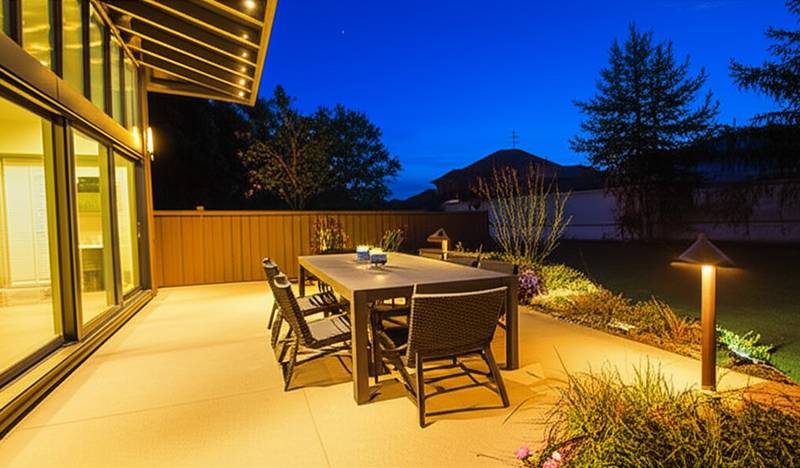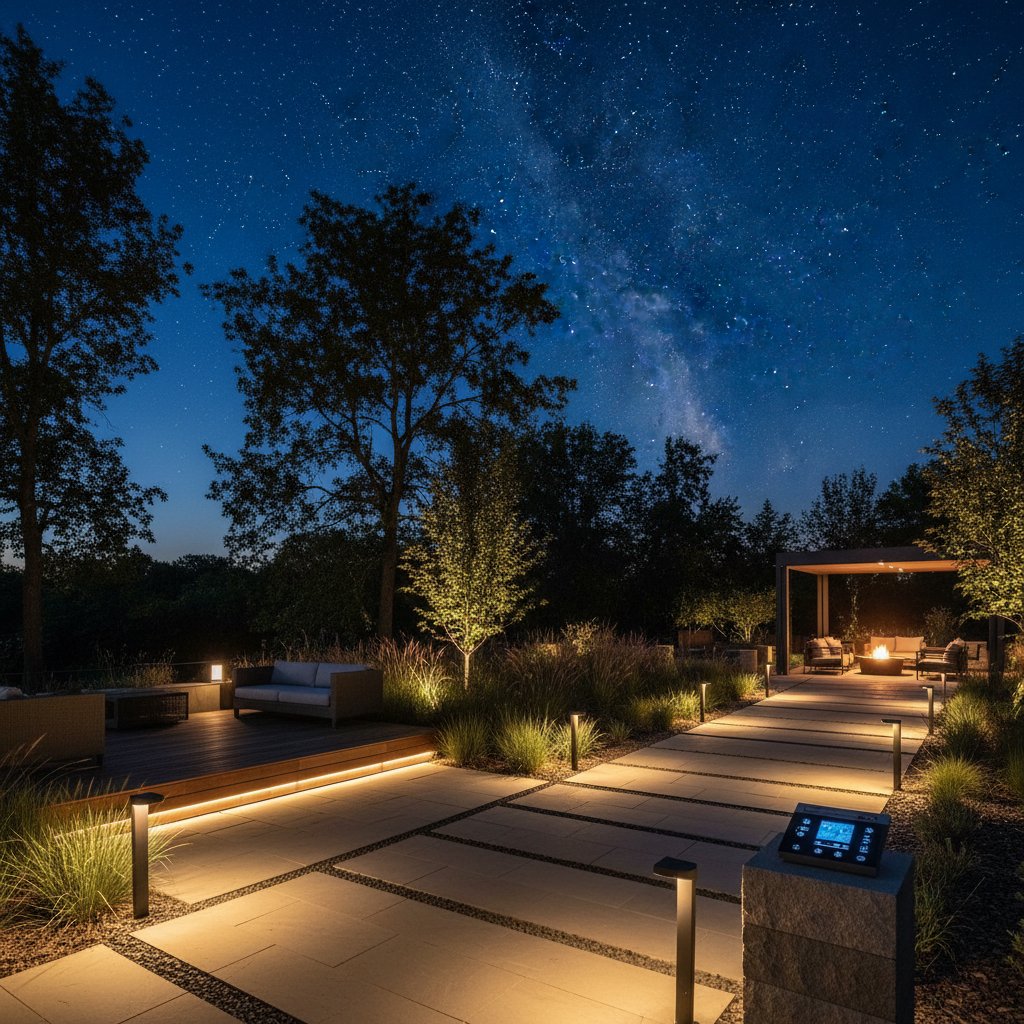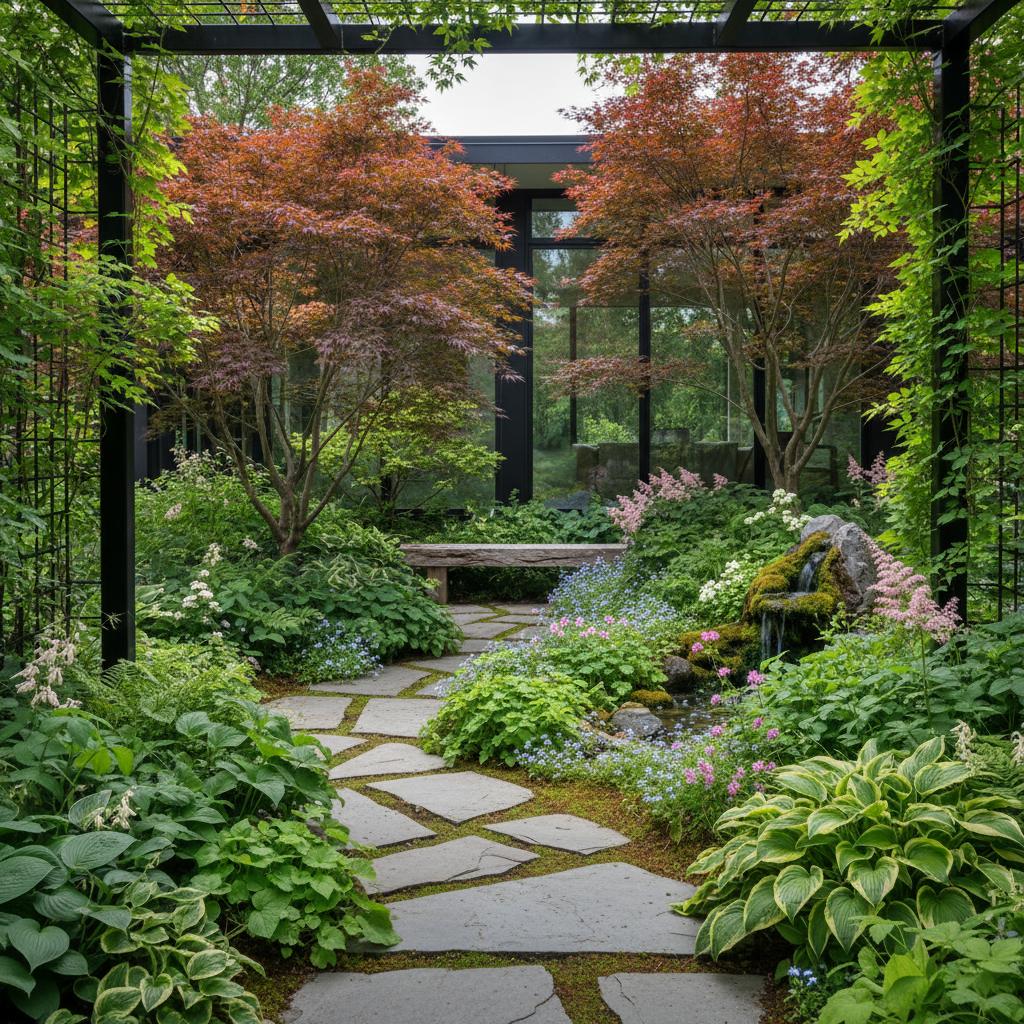Why Dark Sky Lighting Preserves Stars and Safety
Understanding Dark Sky Lighting
Dark sky lighting refers to outdoor illumination designed to minimize light pollution while providing necessary visibility. This approach uses fixtures that direct light downward and shield it from spilling into the sky. By focusing light where it belongs, these systems protect natural darkness essential for stargazing and ecological balance.
Light pollution disrupts nocturnal environments by washing out the stars and altering animal behaviors. Astronomers and environmentalists advocate for dark sky principles to restore visibility of constellations. Homeowners can adopt these methods to contribute to broader conservation efforts without sacrificing functionality.
The Impact on Starry Nights
Excessive outdoor lighting scatters artificial glow upward, creating a hazy veil over the night sky. Dark sky compliant fixtures prevent this by employing full cut-off designs that contain light within the intended area. As a result, residents enjoy clearer views of celestial wonders from their own properties.
Preserving stars extends beyond aesthetics; it supports scientific research and cultural heritage. Communities with dark sky initiatives often report increased appreciation for natural darkness. Implementing these lights fosters a connection to the universe that bright urban areas rarely allow.
Enhancing Safety Without Compromise
Properly directed lighting improves security by illuminating pathways and entry points effectively. Unlike broad floodlights, dark sky options reduce glare that can obscure vision in surrounding areas. This targeted approach ensures hazards remain visible while minimizing overall light output.
Safety benefits include decreased energy use, which lowers utility costs and fire risks from over-illuminated spaces. Walkways lit with low-level, warm-toned bulbs guide movement without overwhelming the senses. Such installations create secure environments that align with both practical needs and environmental goals.
Protecting Wildlife and Ecosystems
Artificial light at night confuses pollinators, birds, and sea turtles, disrupting migration and feeding patterns. Dark sky lighting mitigates these effects by limiting exposure during critical hours. Wildlife thrives in unaltered darkness, leading to healthier local biodiversity.
Energy-efficient LED bulbs in shielded housings further reduce environmental impact. These choices decrease carbon emissions associated with traditional lighting. Gardeners notice improved insect activity and bird visits when adopting these practices.
Selecting the Right Fixtures
Choose fixtures certified by the International Dark-Sky Association for guaranteed performance. Look for models with opaque tops that block upward light escape. Materials like bronze or black finishes blend seamlessly with landscapes.
Consider color temperature; opt for bulbs under 3000K to mimic natural moonlight. Wall-mounted sconces and bollards suit pathways, while post lanterns work for larger areas. Test placements during twilight to ensure even coverage without dark spots.
Practical Installation Steps
- Assess your outdoor space to identify essential lighting zones, such as driveways and patios.
- Replace existing fixtures with dark sky alternatives, ensuring all new installations meet cut-off standards.
- Adjust bulb wattage to the minimum required for visibility, starting with 10-15 watts per light.
- Position lights at appropriate heights, typically 6-8 feet for walkways, to direct beams downward.
- Use timers or motion sensors to activate lights only when needed, further conserving energy.
- Maintain fixtures regularly by cleaning lenses and replacing bulbs to sustain efficiency.
These steps transform ordinary yards into efficient, star-friendly havens. Professional consultation ensures compliance with local regulations.
Creating Serene Outdoor Ambiance
Warm, shielded lights cast a gentle glow that enhances relaxation in evening settings. Pair them with natural elements like stone paths or native plants for cohesive designs. This setup invites quiet reflection under visible stars.
Energy savings from efficient systems allow reinvestment in landscape features. Families report deeper appreciation for outdoor time without the intrusion of harsh lights. The result is a harmonious blend of modern convenience and timeless natural beauty.
Embracing Nighttime Tranquility
Adopting dark sky lighting redefines evening experiences in personal spaces. Clearer skies reveal the night's splendor, while secure illumination supports daily routines. This balanced method promotes well-being, sustainability, and wonder for generations ahead.



